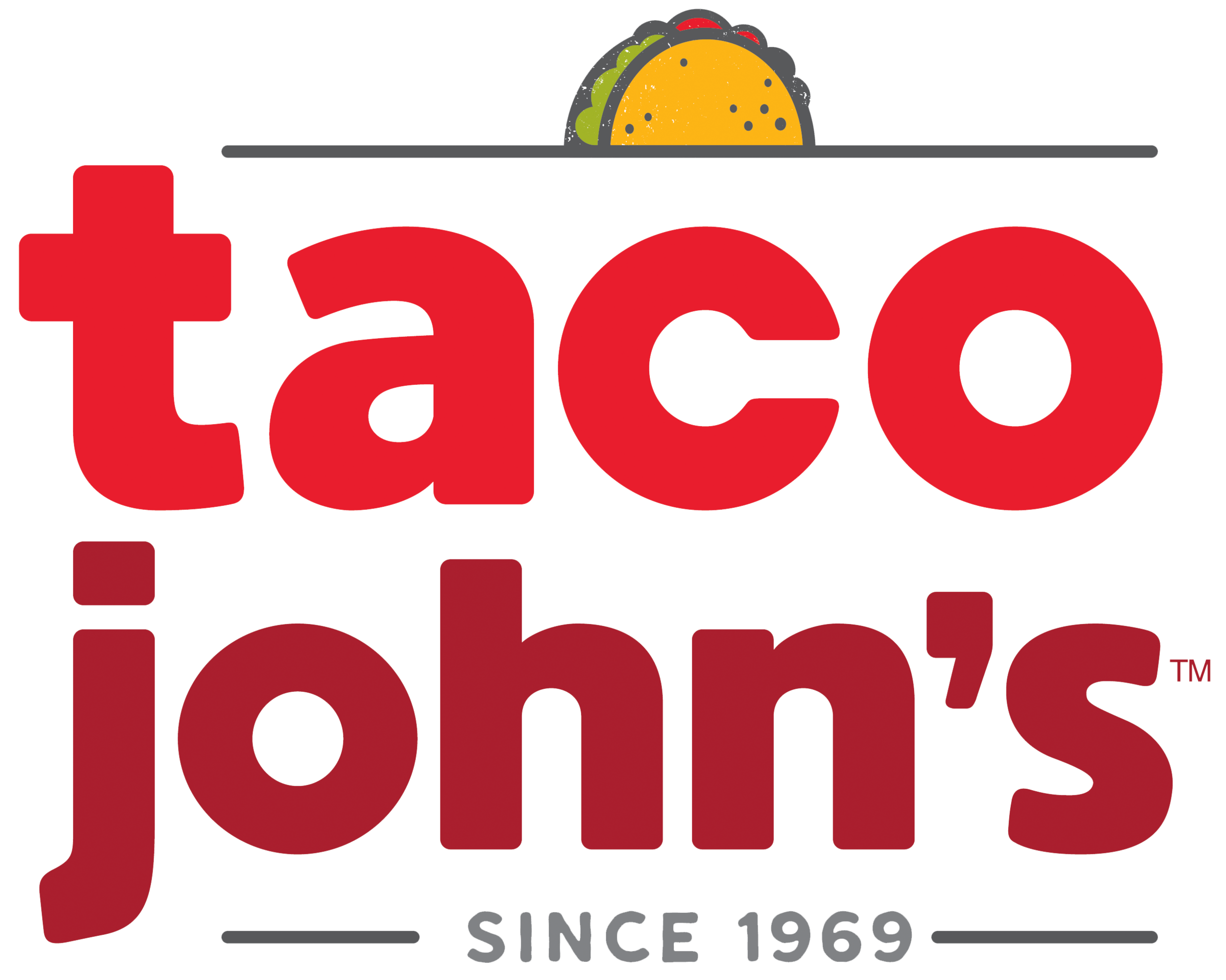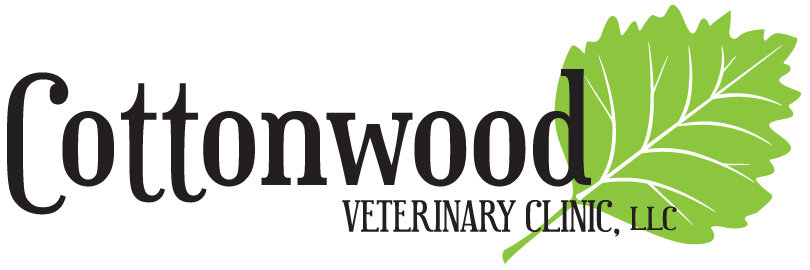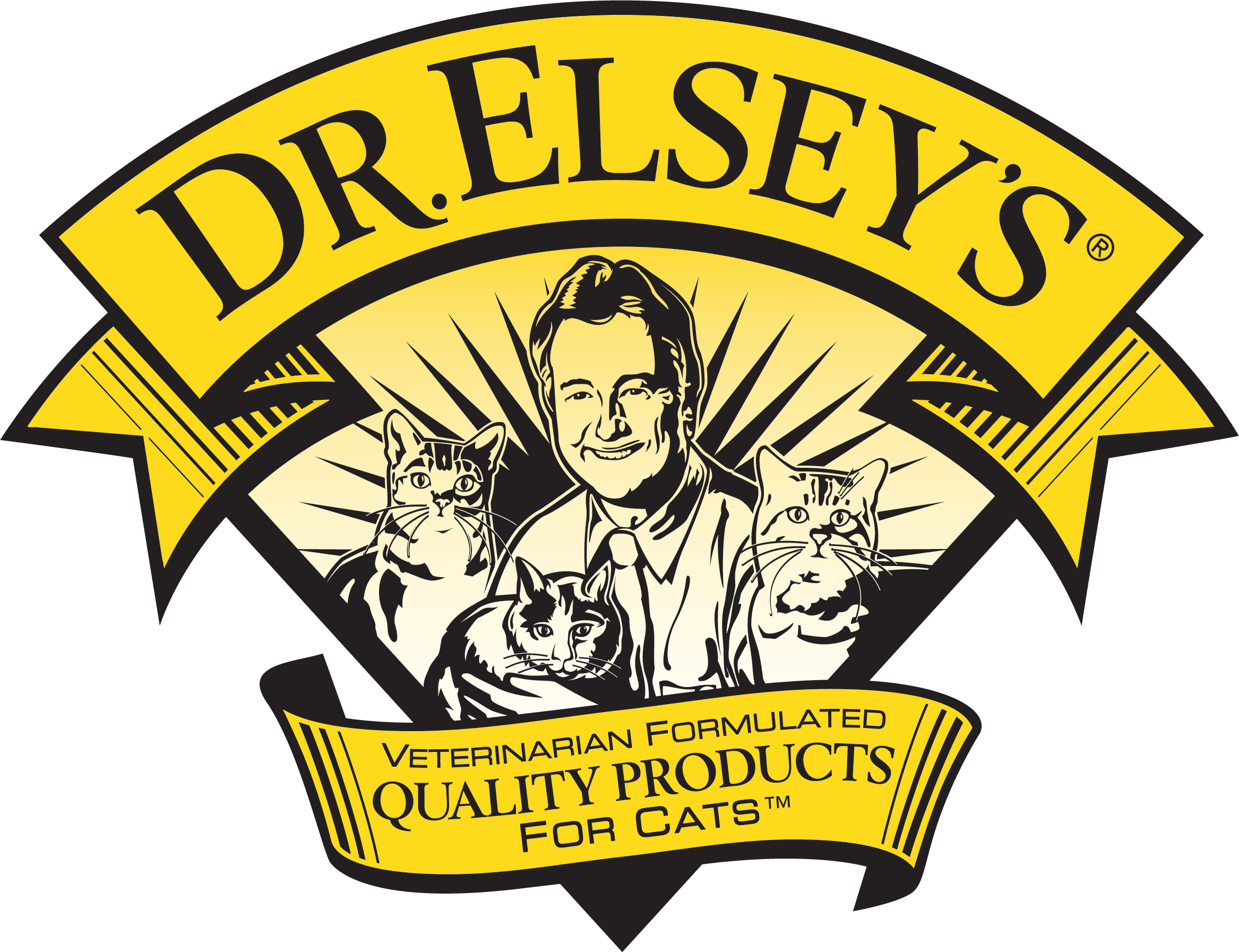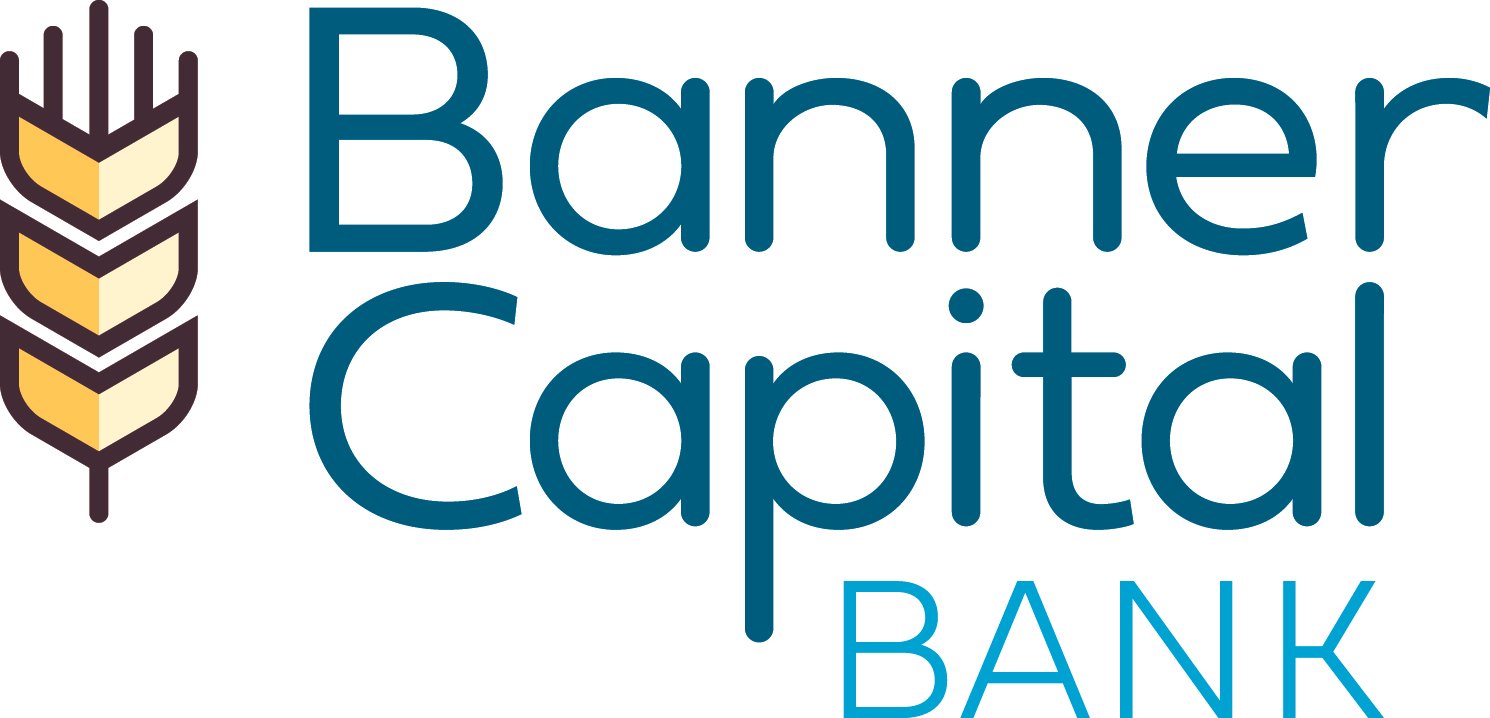Britney Wallesch, Executive Director
It’s not the thing anyone really wants to hear (or read) about, euthanasia. It’s definitely not the thing I want to be doing at any time on any day. So when I found myself sitting in the vet’s office yesterday afternoon, cradling a terrified little red dog in my arms while we quickly and painlessly ended her life, it really wasn’t a good day.
But this responsibility is exactly the thing I signed up for when I decided to go down this road, to pursue this career in animal sheltering. We don’t know the whole story of course, but she was adopted from our program last summer and apparently began to struggle in her adoptive home shortly after. The owners never took her to a vet, never called a trainer, never reached out to us for advice. The only time we heard from them after adoption was when they called to return her, reporting now that she’d attacked their other dog and bitten the owners on multiple occasions, including one bite to the face of an adult in the home.
Could she have made it in another environment? Possibly. The dog we got back was not the dog we adopted out. We are always on alert for problem behaviors in our adoptable pet population, because we have to be confident when we send animals back to the public that they are going to be safe. Our staff have trained for years to recognize these problems, to coach our foster homes through recognizing (and reporting) them. If this dog had those red flag behaviors, she masked them very well for the more than 9 weeks she was with us prior to her adoption. But the dog who was returned to us was incredibly fearful. She tucked her tail and flattened on the floor when anyone new to her tried to approach or touch her. When a staff member made to pick up the leash she was dragging, the dog whirled around, snapping at the air and backing away - eyes wide and wild with fright.
There’s no reality in which you can call up a foster care volunteer and say “Hi, can you take this dog home with you? She has attacked other animals and bitten several people and she’s scared to death and tried to bite us too.” Even if someone well-meaning and forgiving said yes and tried to give her a chance, we can’t ethically take the risk that something will happen at home. And in all likelihood, it will happen again. There are no transfer options for dogs with this history, there are no magic solutions, and there is definitely no way we could ever responsibly ask someone else to adopt her after this. In this world, our duty is to protect people from animals like this, and to try and facilitate adoptions that will be safe and will likely result in the very rewarding experience of a new and deep human-animal connection.
A Bigger Problem
Meanwhile, in Colorado, we’re watching another organization’s refusal to shoulder this responsibility play out on a much larger and far more devastating scale. In early March, an organization providing animal services to the city of Pueblo, Colorado failed a state inspection due to overcrowding, lack of veterinary care, and many other infractions. The group had only recently assumed the responsibility for this work in January of this year, having been awarded a contract from the city after the city passed sweeping ordinances demanding the shelter be no-kill. The previous service provider could not meet the demands of the city, despite being far better resourced and having served the city of Pueblo in this capacity for decades.
No wants to euthanize animals. Especially not the people who enter this field because of a deep love for and commitment to them. But - leaving them to suffer in isolation, in over-crowded kennels, without adequate veterinary care, disease prevention, behavioral rehabilitation or intervention, or the chance of ever having a normal life - is a far worse scenario. Take the little red dog, for example. She was craving a connection, and found one with me in the parking lot before I brought her in. She wrapped her paw around my arm and buried her head in my chest. This is a dog who desperately wanted to connect, but for whom any number of mistakes, failings, or misguided actions resulted in the earlier acts of aggression. Because of that history, she’d likely never be adopted again and in another organization may have spent the rest of her life in a kennel connecting only briefly with staff or volunteers who simply don’t have the bandwidth to give her all that she really needed.
I read a post today on my Facebook feed calling No-Kill a Slow Kill. And because I was once one of those card-carrying, flag-waving no-kill proponents, it hurts my heart a little to see it put this way. But the evidence is there, time and again. As professionals, we cannot make euthanasia decisions based on a desired quota. And the fact that now we are seeing some places enact law which mandates exactly that is frankly terrifying.
I’ve said it many times before, but it bears repeating. The No-Kill movement had good intentions. It brought about much needed transparency, innovation, and change. But it’s run its course at this point and has sadly convinced a large number of people that it takes exactly zero education, expertise, or experience to serve animals in a high volume setting.
When the Beatles sang “All you need is love” they weren’t singing about animal shelters. Because no, love is in fact, not all you need.
Everyone’s Problem
What you do need is a community which collectively takes responsibility for its animals. It’s not just the job of shelters and rescues to support these pets and their people. It’s not just the job of shelters and rescues to protect others from dangerous animals. It’s not just our job to seek medical and behavioral support for animals when they need it. These are the jobs of every single person in the community who chooses to make a companion pet part of their life.
It is also the job of the shelters to skillfully and compassionately balance our duty to the animals with our responsibility to the public. Shelters create a temporary refuge, we work to triage animals and prevent cruelty or suffering. We also work to identify dangerous animals and prevent their reentry into society. We do these things quickly and always with the hope that live outcomes will outnumber the opposite. For almost all of us, they do. But that metric cannot be the only thing which drives our work. Because as we have seen when it does, people who don’t know what they are doing make tragic mistakes. Animals and people suffer. Communities suffer.
Change Is Coming
There’s a new movement brewing. The Socially Conscious Sheltering movement. Pay attention. This is the best tool we have to date to balance the needs of animals with the needs of people in the face of real social problems, systemic challenges, and passionate but misguided advocates.
Will it save them all? No. But it will save almost all of them, and it will prevent the unnecessary suffering and neglect that have played out in Pueblo this year. The little red dog may have died yesterday, and for her I am very sorry and my heart is aching. But I know too that that outcome was by far the most humane option, sparing her from further isolation, potential cruelty, fear, or a life of loneliness in a small and sterile kennel. There are fates worse than death.










